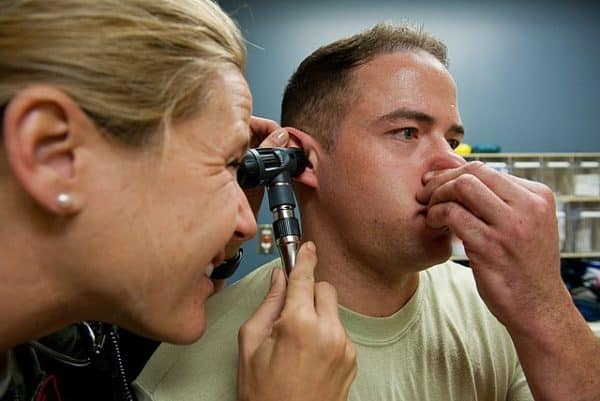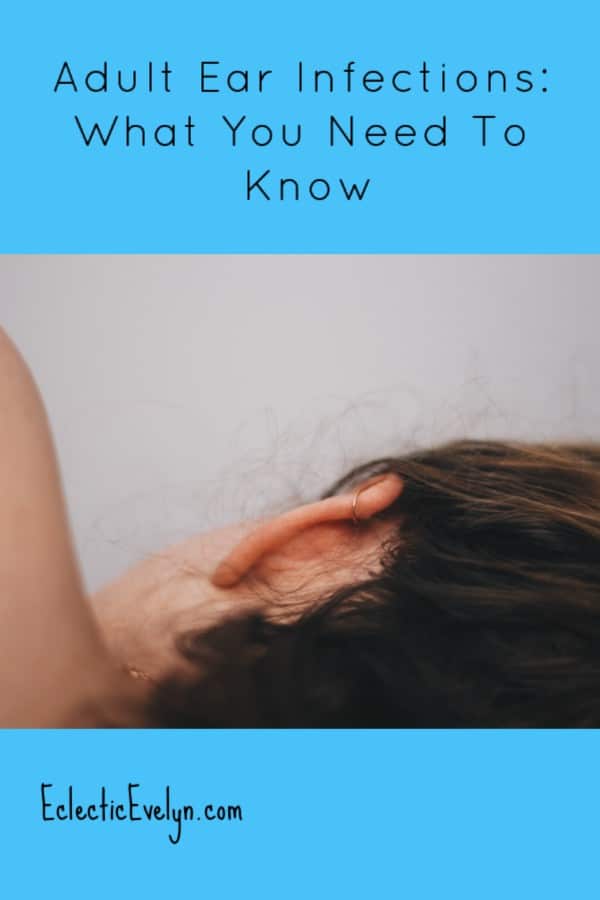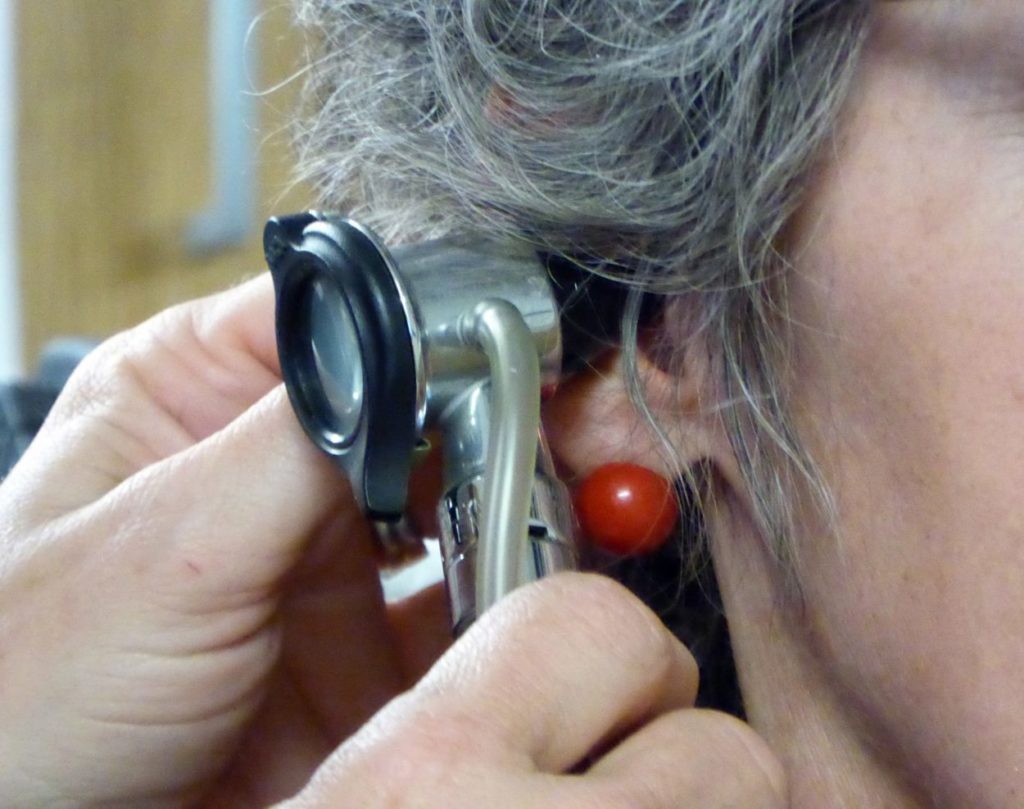Overwhelmingly, when ear infections are discussed, it is in relation to children; which makes sense, given that the phenomenon is incredibly common in the youngest age groups, due to differences in ear physiology.
However, ear infections are not a health issue that only affects children. Adults can and do experience ear infections, and the pain these infections cause can be very severe indeed, to the point where living a normal life or working is next-to-impossible until the infection subsides. In this piece, we’ve sought to look deeper into the essential facts of adult ear infections…

What are the different types of ear infections?
- Otitis externa – the infection primarily affects the outer portion of the ear.
- Otitis media – the infection is located in the middle ear.
If fluid builds up in the middle ear, then an infection will often be diagnosed as “otitis media with effusion”.
What are the symptoms of an ear infection?
As with children, the main symptoms of ear infections in adults include pain around the ear, head, and neck; swelling; discharge from the ear canal, redness; and feelings such as an itchy throat and ears. A fever also often accompanies the symptoms, though this does vary depending on the person.
Some individuals may also experience hearing loss in the affected ear, which is usually as a result of fluid buildup in the ear or inflammation in the ear canal.
How are ear infections treated?
Many ear infections will resolve without the need for medical intervention; people manage with over-the-counter pain medication (always checking with their doctor that it is okay to take such medication) and ice packs to help soothe the pain.
However, some infections are more persistent and will require the assistance of a medical professional. Chronic or repeat infections should always be treated by an expert who can help to ascertain the cause and establish a treatment protocol that prevents further occurrences in the future. The exact treatment will be dependent on a range of factors, such as the type of infection (for example, bacterial, fungal, or viral) or the underlying cause.

Can ear infections be prevented?
While it is impossible to completely prevent experiencing an ear infection as an adult, the following suggestions may help to reduce the likelihood of experiencing an infection in the future:
- Always avoid using cotton swabs or Q-tips directly inside the ear canal, both to reduce the risk of infection and to prevent damage to the sensitive eardrum.
- If you have any allergies, such as hayfever, use medication as prescribed by your doctor to help manage the symptoms.
- Use earplugs that are designed to prevent water from entering the ear canal when swimming or engaging in other water sports; this option is particularly beneficial for helping to prevent otitis externa.

Ear infections are indeed more common in children, but there’s no doubt the condition can also be problematic for adults too. However, by seeking medical treatment and following preventative guidance, ear infections can be successfully managed – and often prevented from returning in the future.






Good to know, luckily haven’t had infections lately. I had one when I was a kid, not fun at all.